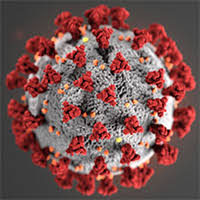
Higher altitudes have low levels of oxygen and reduced air pressure than lower elevations.
That’s why when you hike up a mountain or travel by air, your body may have difficulty adjusting to the low oxygen resulting in acute mountain sickness. Another cause of this illness is your energy level at altitude. If you push yourself to hike up a mountain in thin air, it may quickly exhaust you and cause hypoxia.
Hikers, skiers, and thrill-seekers who travel to extreme altitudes can often experience acute mountain sickness. People who live near the sea level are unfamiliar to higher elevations and are at higher risk for this condition. If you are planning on traveling to a higher altitude destination, do your research or talk to your doctor about how to prevent mountain sickness.
Not surprisingly, managing oxygen levels at higher altitudes is key to preventing mountain sickness.
While the percentage of oxygen in stimulated air is constant at different elevations, the fall in atmospheric pressure at higher altitudes reduces the inspired O2’s partial pressure, therefore driving force for gas exchange in the lungs. As you are climbing to above 8,000 feet or 2,400 meters, oxygen quantity decreases. Also, known as thin air. In this case, you can suffer from mild and severe symptoms of acute mountain sickness.
That’s where the oxygen simulation system comes in!
When you use the latest oxygen simulation technology at higher altitudes, it will provide an effective environment in eliminating altitude sickness and ensuing insomnia. Oxygen enrichment improves sleep resulting in improved day-time performance at higher elevation. However, additional oxygen can be used at an extreme peak (5,500-8,848 m) to improve neuropsychological function.
Nowadays, many options are available in the market to develop the same oxygen found at sea level and give relief from higher elevation sickness. But not all of them maintain oxygen levels proven to reduce the altitude sickness effectively. It would be best if you look for a simulation system that provides perfect relief for those lower oxygen levels so you may still enjoy hiking, climbing, and traveling at higher elevation.
Besides investing in altitude and oxygen simulation systems, you can get a physical test to identify and treat symptoms of this illness to reduce the chances of acute mountain sickness.
Are you traveling to extreme elevation (over 8,000 feet)? Use oxygen systems to help you beat acute mountain sickness and wake refreshed and ready to take on the day at altitude.






